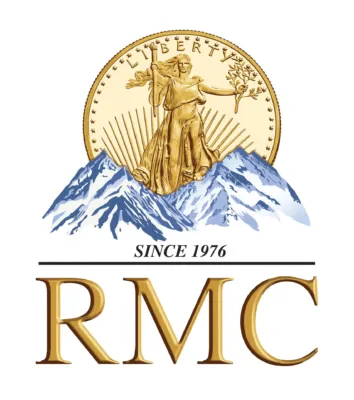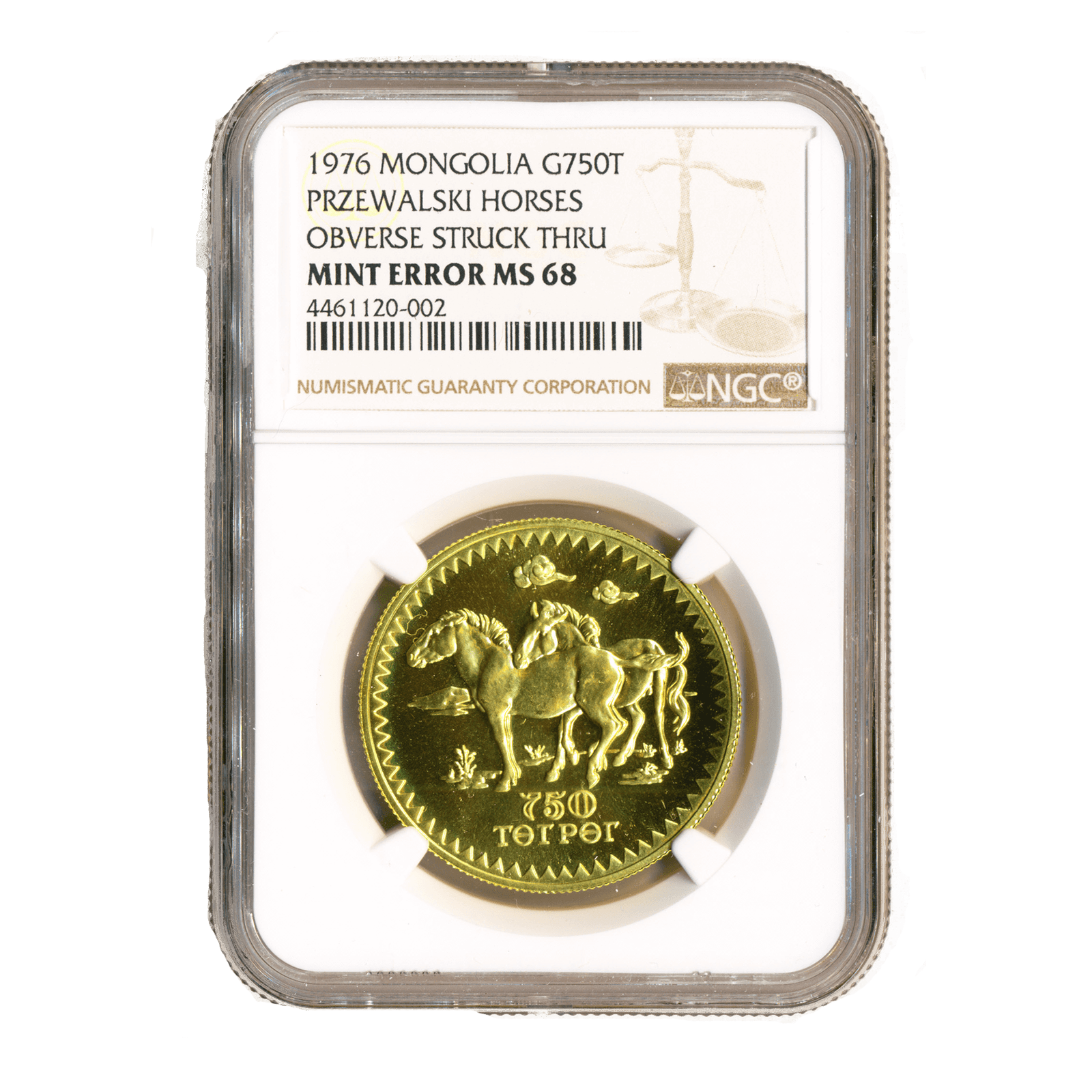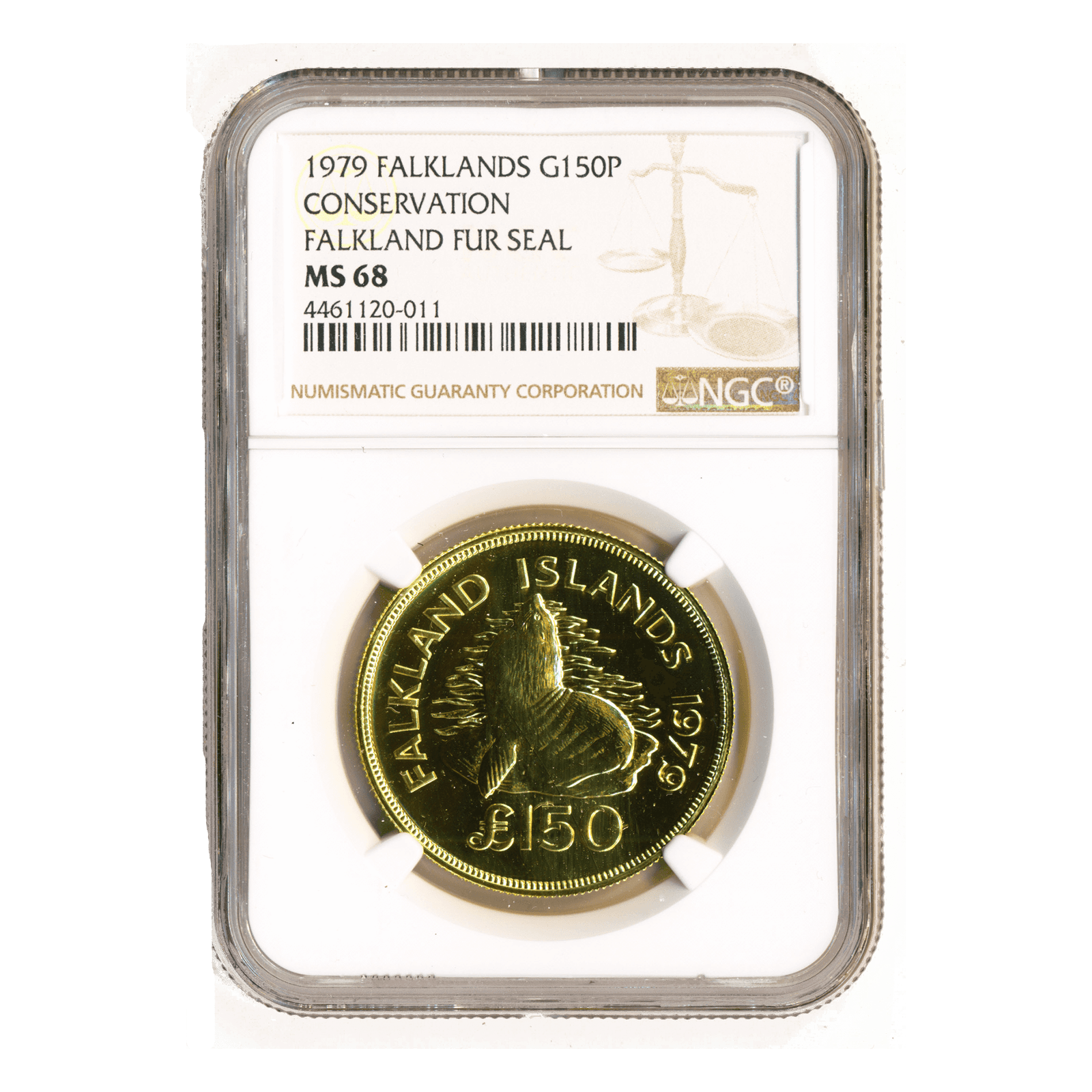The 1796 Quarter Eagle with No Stars on the obverse is one of the most historic and important U.S. gold coins. Mintage 963 pieces.
1796 $2.50 PCGS Genuine Repaired-AU Detail No Stars
$85,000.00
Description
The first quarter eagle—the 1796 Draped Bust without stars—was designed by Chief Engraver Robert Scot. The obverse depicts Liberty facing right, wearing a soft cap, with the inscription LIBERTY above, and the date below. The cap was long thought to be a liberty or Phrygian cap, taken from an ancient Roman model. However, even Mint Director Samuel Moore identified this cap in 1825 as a fashionable headdress of the 1790s, and indeed there are portraits of Martha Washington wearing just such a hat. The coin’s reverse features a heraldic eagle—Scot’s adaptation of the Great Seal of the United States—with clouds arcing from wing to wing, enclosing stars, with the inscription UNITED STATES OF AMERICA around the margin.
The “No Stars” variety
These first quarter eagles lacked stars on the obverse because they were placed on the reverse as part of the new Heraldic eagle design. However, the half eagle and eagle were still using the small eagle reverse, with stars on their respective obverses. Whether due to artistic taste or uniformity of design, the quarter eagle obverse received stars for the last coinage of 1796. With Tennessee’s recent admission to the Union, 16 stars were on the obverse: eight left, eight right. After Tennessee was admitted however, Mint Director Boudinot realized the impracticality of adding a star for each new state. Thereafter, only 13 stars were to be used, symbolizing the original states. The No Stars variety of this year stands alone as a distinct separate type, but date collectors generally include it as a part of the extended series.








